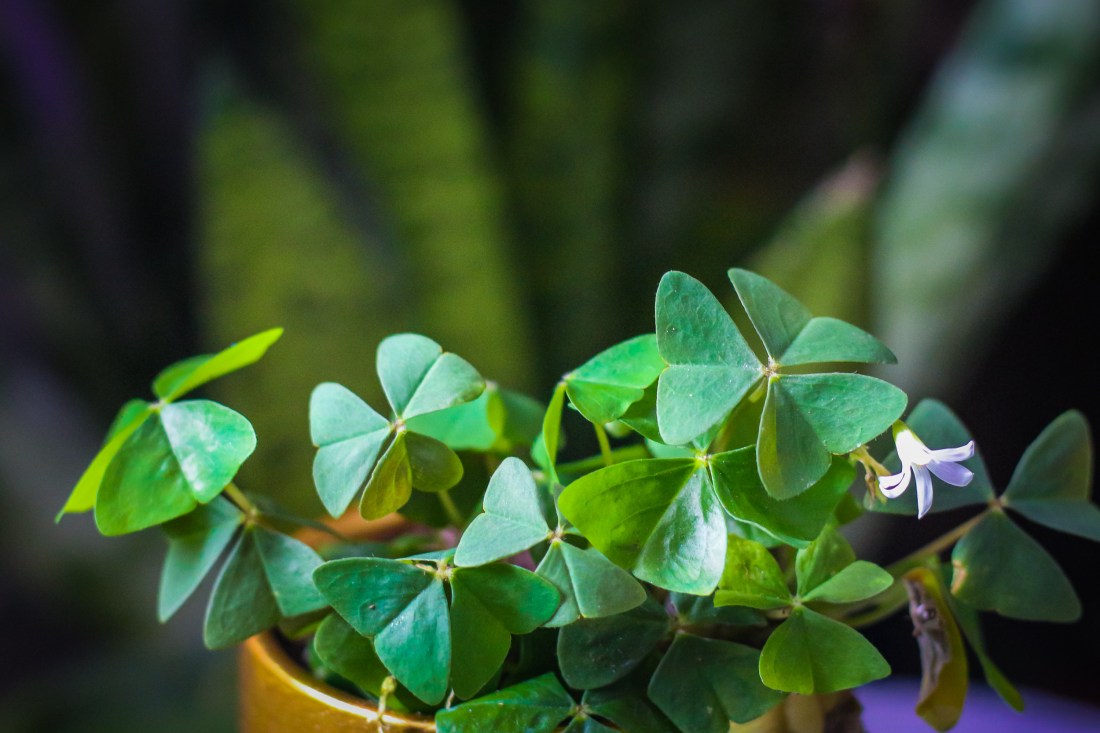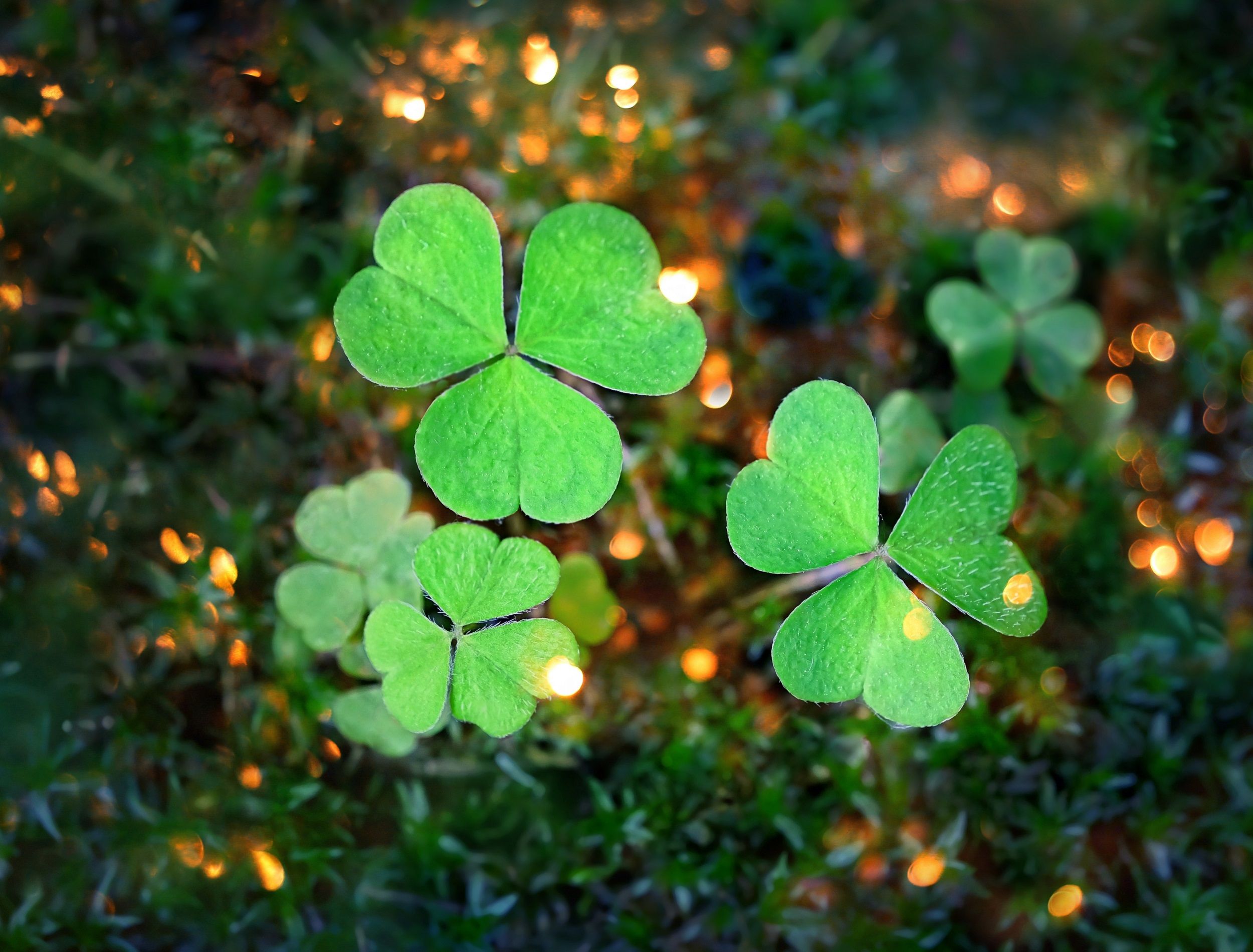Every March, storefronts, restaurants, and homes across the United States turn green as people celebrate St. Patrick’s Day. While many Irish Americans proudly honor their heritage during this time, people from all backgrounds join in the festivities. One of the most recognizable symbols of St. Patrick’s Day is the shamrock, a powerful emblem of Irish culture. As the national plant of Ireland, the shamrock holds a special place in both Irish history and folklore.
The Shamrock’s Historical Significance in Ireland
The name “shamrock” comes from the Irish word seamair óg, meaning “young clover.” The plant is deeply connected to St. Patrick, the patron saint of Ireland, who is said to have used the shamrock’s three leaves to explain the Christian concept of the Holy Trinity.

In addition to its religious significance, the shamrock has long been associated with Irish nationalism. During the Revolutionary War, Irish troops used the symbol as a mark of their identity, often depicted alongside the rose of England, the thistle of Scotland, and the leek of Wales. Over time, the shamrock has come to symbolize Ireland’s strength and unity.

Beyond its symbolism, shamrocks also play an important role in agriculture. Shamrock species, particularly clover, are widely used as cover crops to improve soil fertility, serve as livestock feed, and attract pollinators like bees and butterflies. The plant has even been used in natural dyeing and homeopathic remedies around the world.
Shamrocks and Good Luck
Shamrock traditions remain alive today, especially during St. Patrick’s Day celebrations. It’s customary for people in Ireland to wear a sprig of shamrock on their clothing in remembrance of St. Patrick’s teachings. An old Irish tradition involves “drowning the shamrock” in a cup of Irish whiskey at the end of the day. The drink is consumed, and the shamrock is tossed over the drinker’s left shoulder for good luck.

Another common symbol of luck is the “four-leafed clover,” which is distinct from the shamrock. While often confused with one another, the four-leaf clover is a rare genetic mutation found in about 1 in 5,000 clover plants, which is why it is associated with good fortune.

What Botanically Defines a Shamrock?
Though the word “shamrock” typically evokes the image of a small, three-leafed green plant, the term doesn’t refer to a specific species. Traditionally, plants identified as shamrocks belong to the legume family, Fabaceae.
In Ireland, the most commonly recognized shamrock is Trifolium dubium, a small-leaved clover, while Trifolium repens, or white clover, is also sometimes considered a shamrock. These clover species are known for their ability to fix nitrogen from the air into the soil, enriching it naturally and making them beneficial for farmers and gardeners alike.

Growing the American “Shamrock”
In the United States, the plant often sold as a “shamrock” is actually Oxalis, a genus native to the Americas and South Africa. You’ll likely see Oxalis on sale around St. Patrick’s Day in many stores. The plant features shamrock-shaped leaves and typically grows to about 4-12 inches tall, making it a popular choice for home gardeners looking to bring a touch of Irish charm into their homes.
Oxalis comes in various colors, including deep purple, bright green, maroon, and even blue, with flowers in shades of pink, purple, yellow, and white. Its delicate flowers and vibrant foliage make it an attractive option for container gardening.

To successfully grow Oxalis, plant it in well-drained soil and ensure it receives partial shade. The soil should be kept moist but not soggy, as the plant can wilt if it dries out too much. Fertilize during the growing season for the best results. In colder regions, it’s best to bring the plant indoors or treat it as an annual, as it’s not frost-hardy.
Learn More About the Shamrock at the Sachs Museum
For those interested in diving deeper into the rich history of the shamrock, a special display featuring artifacts related to this beloved symbol can be found at the Stephen and Peter Sachs Museum. The exhibit showcases Irish ceramics, glassware, books, stationery, and decorations associated with St. Patrick’s Day, offering a fascinating glimpse into the cultural significance of the shamrock across generations.
